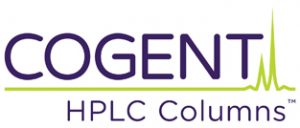The accuracy of an HPLC method is the closeness of the measured value to the true value for the sample.
To determine the accuracy of a proposed method, different levels of the analyte concentrations: lower concentration (LC, 80%), intermediate concentration (IC, 100%) and higher concentration (HC, 120%) must be prepared from independent stock solutions and analyzed (n=10).
Accuracy is assessed as the percentage relative error and mean %recovery. To provide an additional support to the accuracy of the developed assay method, standard addition method should be employed, which involves the addition of different concentrations of the analyte (for example: 10, 20 and 30 μg/mL) to a known pre-analyzed sample and the total concentration should be determined using the proposed methods (n=10).
The %recovery of the added analyte should be calculated as:
%recovery = [(Ct-Cs)/Ca]×100
where Ct is the total analyte concentration measured after standard addition; Cs, analyte concentration in the sample; Ca, analyte concentration added to sample.


